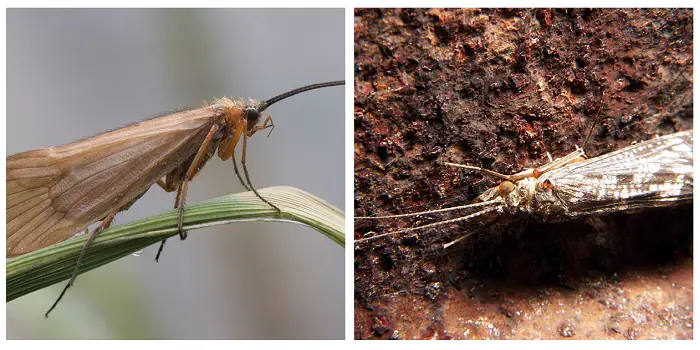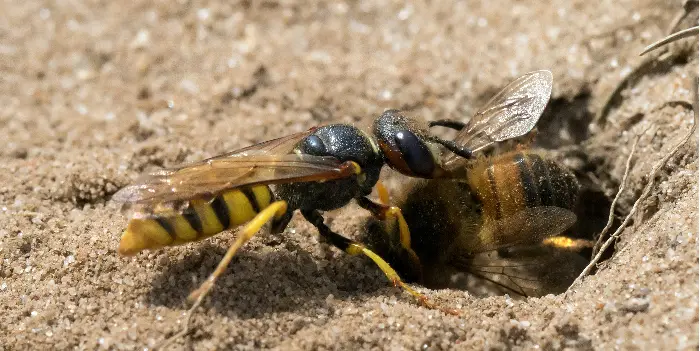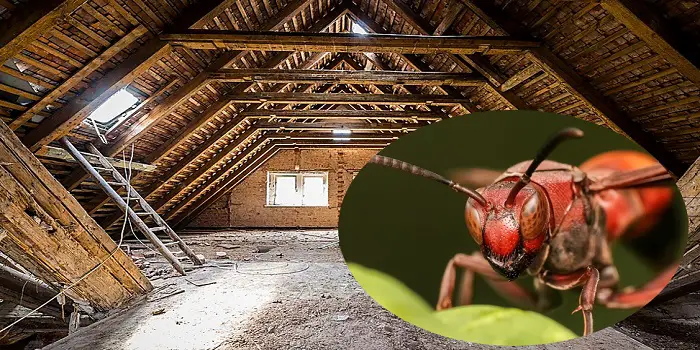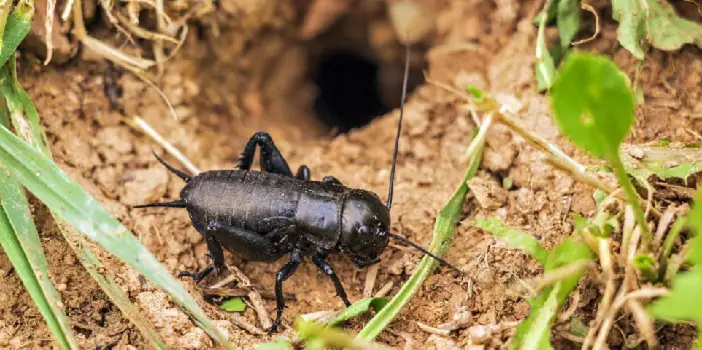
Any lover of lakes and wildlife has likely come into contact with many different insects and species before, especially the caddisfly.
The caddisfly is a general term describing over 1,200 species of fly-like moths that call lakes and freshwater areas home.
You might commonly mistake them for moths (or a similar aquatic insect or creature), whereas in real life, they’re an entirely independent species.
However, when all these insects are flying at you, it can be hard to distinguish between bugs and their potential damage to you.
Thankfully, caddisflies are not dangerous to humans. Since they don’t have mouthparts, they can’t bite.
Although not considered harmful, their biggest threat is their tendency to swarm around lights and other bright surfaces, and it’s less of a threat than just general annoying quality.
Moreover, they don’t cause any property damage, and they don’t breed or develop inside structures or buildings, so you can be confident that you won’t end up with a caddisfly colony in your basement.
What Are Caddisflies?
We know that caddisflies are insects, but their exact classification is as a Trichoptera, a unique pseudo-fly/moth species that live on the land.
They look unique due to their minimized mouth and compound eyes.
Adult caddisflies have a long and slender body that is about a quarter of an inch to an inch long.
Depending on the species, their body color may vary from pale brown to tan.
Caddisflies have two pairs of hairy-textured wings.
And they also have antennae that are as long as their entire body.
Where do they live, and what do they eat?
They like to live near freshwater sources because they reproduce in the water, but the actual insects typically exist on land.
They’re a huge part of many aquatic ecosystems, and many scientists generally look towards them as a sign that an ecosystem is healthy and functioning properly.
Each caddisfly feeds on fallen leaves and debris inside bodies of water: the dead leaves and other items that typically float on top of lakes or rivers.
They’re also a major source of food for other predators like frogs, birds, spiders, fishes, or other animals, helping to balance out the food chain in local ecosystems as well.
You’re most likely to see caddisflies swarming lights like moths at night.
How Do I Get Rid of Caddisflies in My Home?
Caddisflies don’t breed inside homes, but if they get trapped inside through an open window or similar entry, they may become a nuisance that’s hard to remove.
One of the best ways to treat caddisflies is simply to be patient and let them die out: caddisflies only live a few days after they become fully-fledged adults.
However, if the swarm becomes bothersome or you simply don’t want to deal with the idea of insects in your home, you can use a chemical insecticide spray to try and remove them.
Most major brands offer good quality, non-toxic sprays to help treat them.
You can also burn citronella candles or diffuse citronella oil to try and treat the infestation.
As far as cleaning up caddisfly remains, a high-strength vacuum cleaner will be enough to remove even the most stubborn of caddisfly colonies.
How to Prevent Caddisflies?
Preventing caddisflies is much easier and better.
You can prevent swarms from gathering by turning off outdoor lights or by turning to alternative lighting solutions like sodium vapor that don’t attract as many bugs.
During the caddisfly season, this will most probably help prevent them from swarming your porch or home.
Many times, the infestations also occur outdoors due to excess moisture in areas like your yard, driveway, patio, or poolside.
If you have a swimming pool on your property, it’s best to keep it covered during the months when caddisflies are expected.
Other Related Questions:
Why do Caddisflies Build Cases?
Caddisflies build cases that act as protective armor for protecting them against predators.
Caddisflies also make the shells or casings for their pupal stage.
Depending on the species and level of protection they need, the material of the casings can be anything like soil, fallen leaves, dead twigs, etc.
Flies vs. Caddisflies: What is the Difference?
Flies and caddisflies may sound similar but differ from each other in many aspects.
While flies (from the Diptera order) have only one pair of wings, caddisflies will have two pairs of wings.
Flies usually lay their eggs in decaying material, and when their eggs hatch, the larvae feed on the same decaying material where they hatch.
Caddisfly lay their eggs on the water body surface.
And their larvae mainly feed on detritus material from the bottom of lakes or rivers.
The conclusion
Although caddisflies are considered beneficial for freshwater bodies, they can swarm around your property and can prove to be a nuisance when present in large numbers.
It’s good to follow the prevention strategies above in combination with pesticides and other treatment methods so that you can keep them away from your home.

Welcome to ProShieldPest.com. I am Tina Jones. I have been working as a pest removal professional in Winslow, Arizona lately. At present, I love to spend my time with my family as a retiree.
Here I share all my knowledge and experiences to help people understand better how they can stop pests at their homes without actually killing them. Hopefully, the information you will find here will help in safeguarding your home! You can check more about me here.




